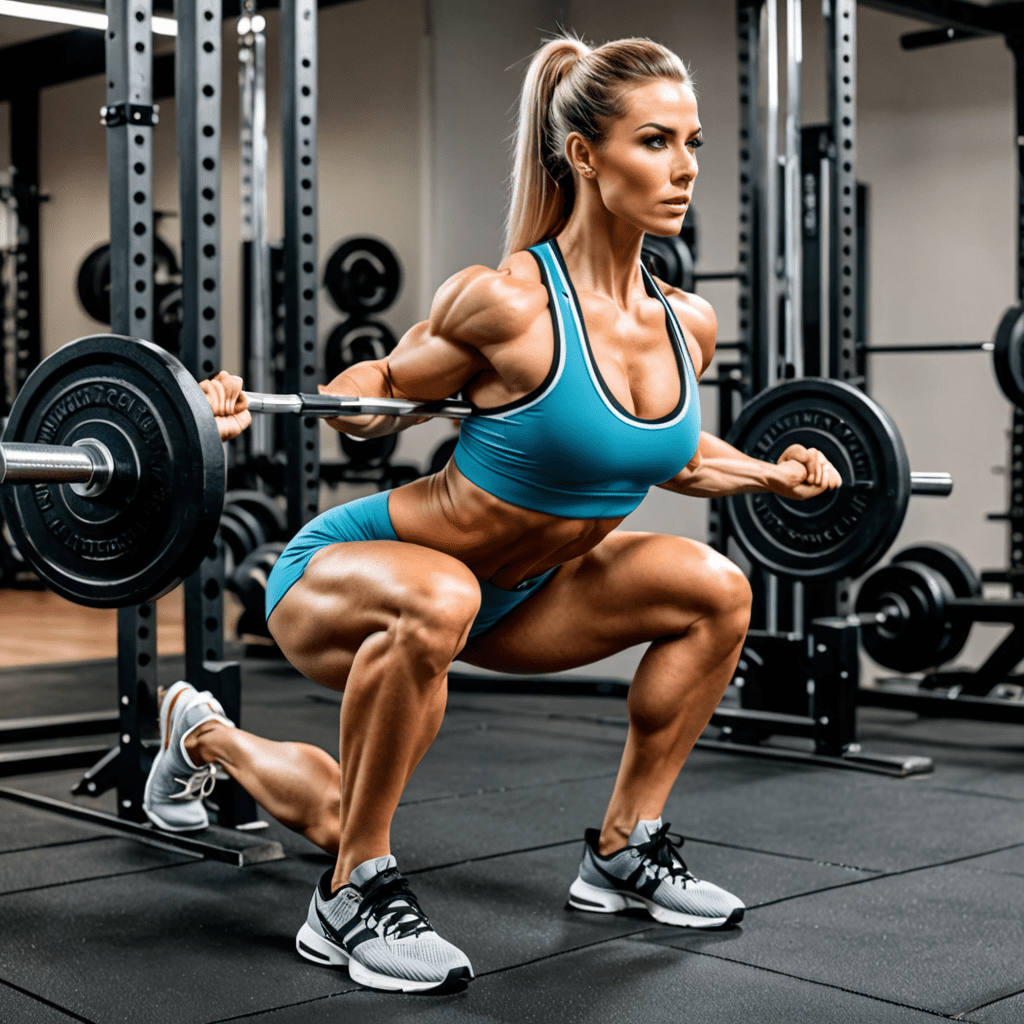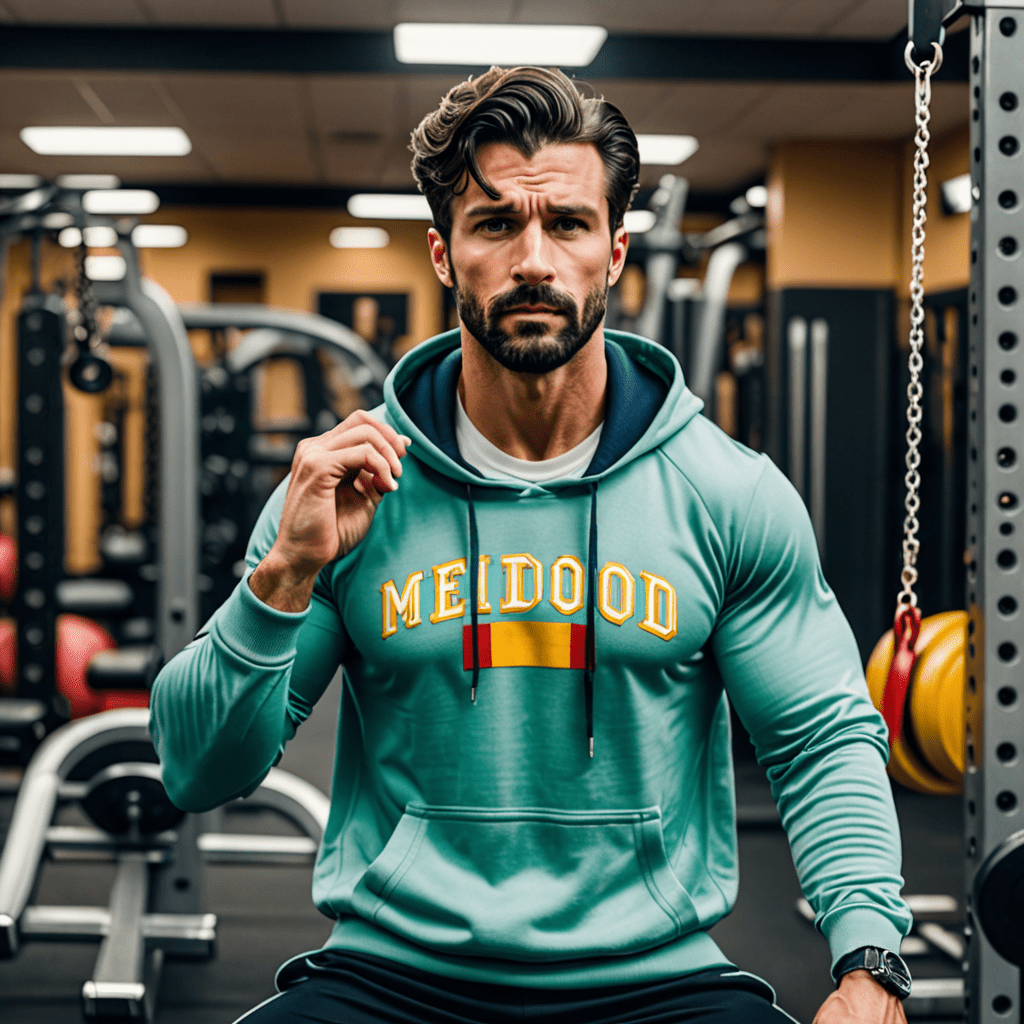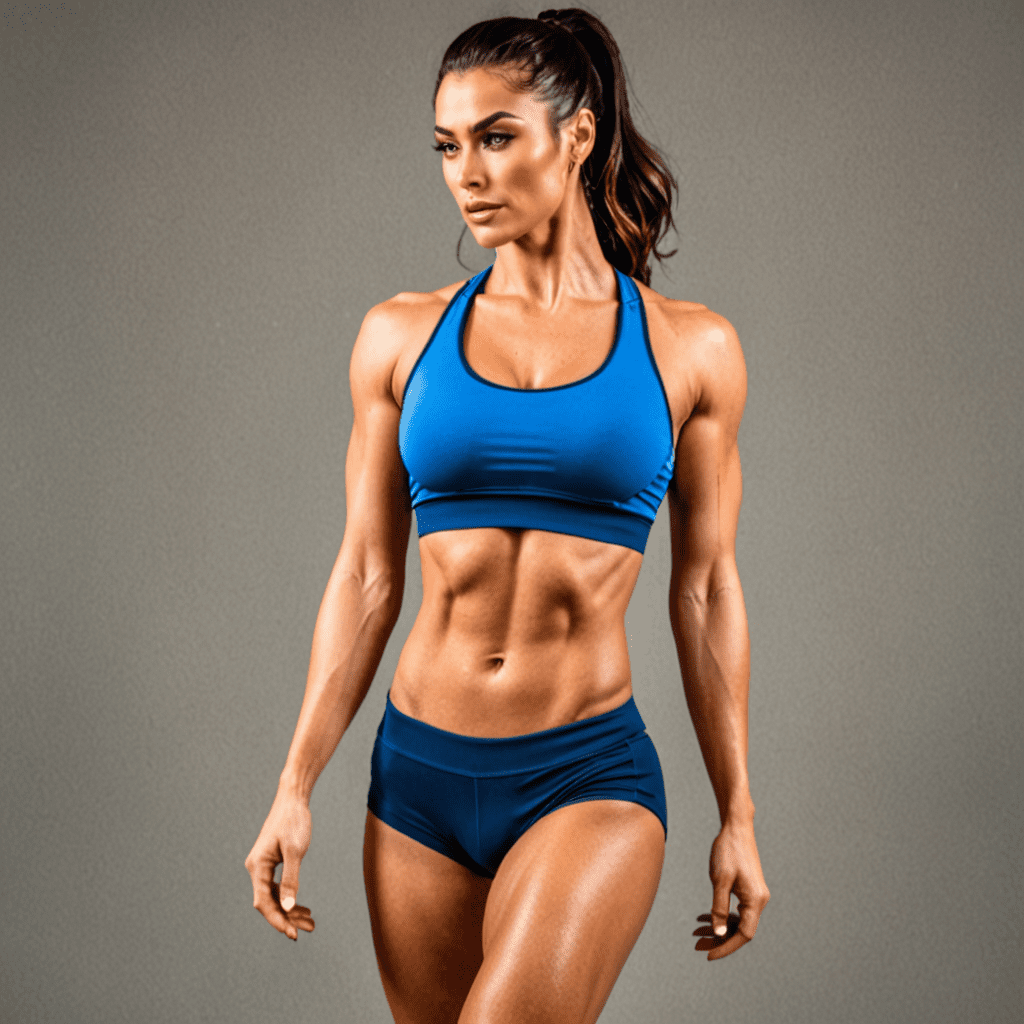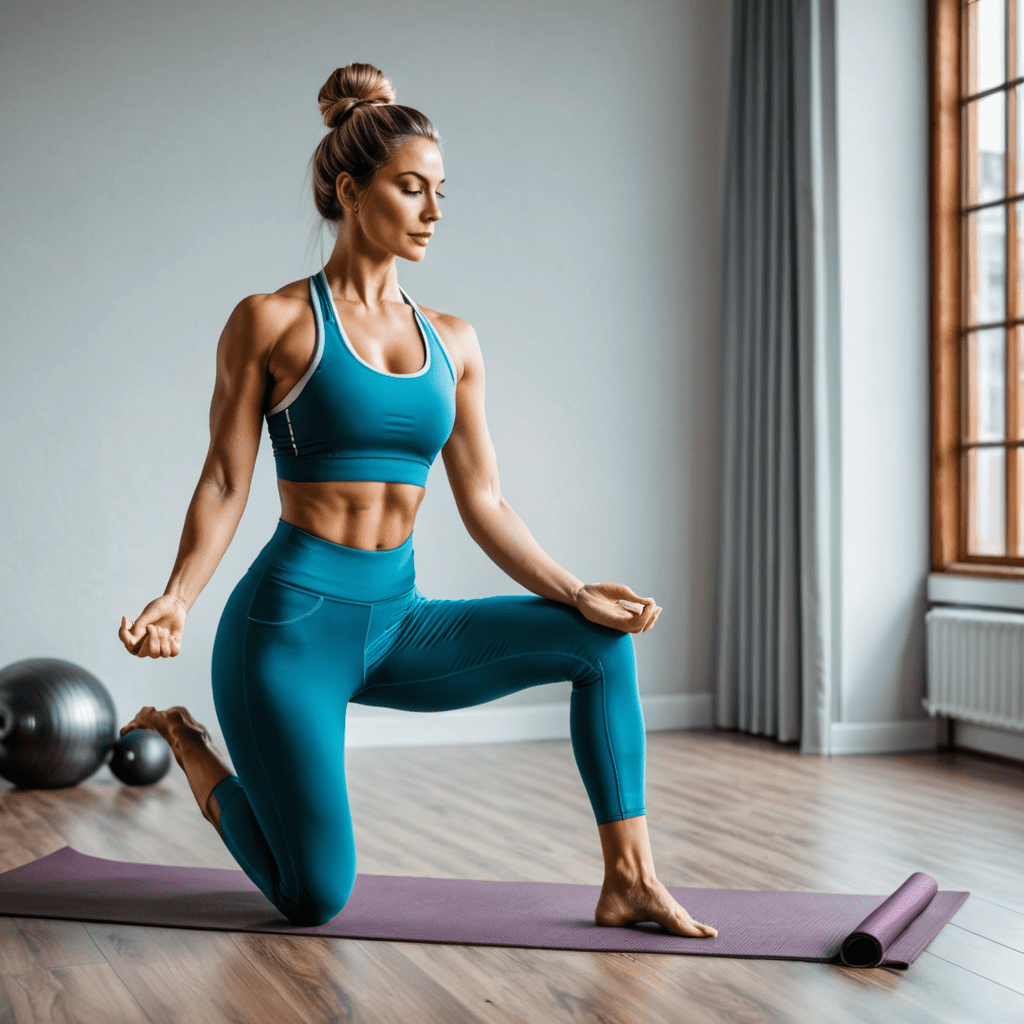
Mastering the Proper Squat Technique for Women
Squats are a fundamental exercise for women seeking to improve strength and tone in their lower body. Mastering the proper squat technique is essential for maximizing the benefits and preventing injury. This comprehensive guide will provide step-by-step instructions for performing squats correctly.
The Importance of Proper Squat Technique
Proper squat technique is crucial for engaging the correct muscles and avoiding strain on the knees and lower back. By mastering the technique, women can effectively target their glutes, quadriceps, and hamstrings while minimizing the risk of injury.
Basic Squat Form for Women
Begin by standing with your feet shoulder-width apart, toes pointing slightly outward. Keep your back straight, and engage your core muscles. Lower your body by bending your knees and hips, as if you were sitting back into a chair. Keep your chest up and your weight on your heels. Descend until your thighs are parallel to the ground, then push through your heels to return to the starting position.
Common Mistakes to Avoid
One common mistake is allowing the knees to cave inwards during the squat, which can strain the knee joints. Another mistake is leaning too far forward, putting excessive pressure on the lower back. It’s important to maintain proper alignment throughout the movement.
Variations for Different Fitness Levels
For beginners, bodyweight squats or squats using a stability ball can help build strength and confidence. As women progress, they can incorporate weighted squats using dumbbells or a barbell. Advanced variations, such as jump squats or single-leg squats, can provide an additional challenge.
Improving Flexibility and Mobility
Flexibility in the ankles, hips, and spine is essential for performing squats with proper form. Women can incorporate exercises such as calf stretches, hip flexor stretches, and thoracic spine mobility drills to improve flexibility and mobility, allowing for a deeper and safer squat.
FAQ
1. How deep should I squat?
The ideal depth for a squat is when your thighs are parallel to the ground. Going deeper can be beneficial for flexibility and muscle activation, but it’s important to maintain proper form throughout the movement.
2. Should I perform squats every day?
It’s generally not recommended to perform squats every day, as the muscles need time to recover and grow. A balanced workout routine that includes squats 2-3 times per week is sufficient for most women.
3. Can squats help with cellulite reduction?
While squats can contribute to overall muscle tone and may reduce the appearance of cellulite, spot reduction is not possible. A combination of strength training, cardiovascular exercise, and a balanced diet is key for addressing cellulite.


